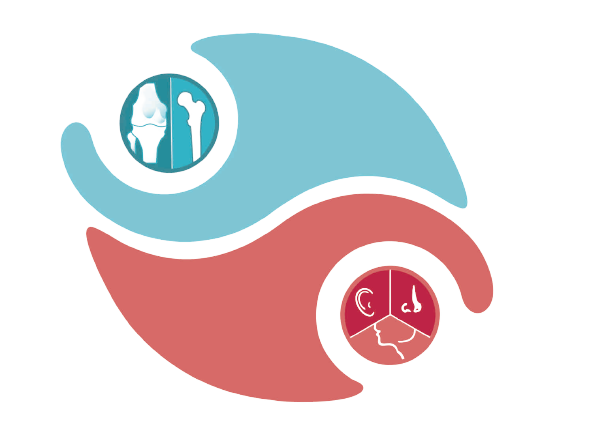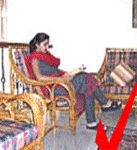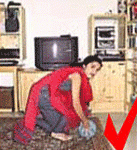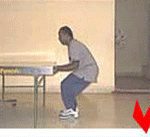Low Back Pain
- Home
- Low Back Pain
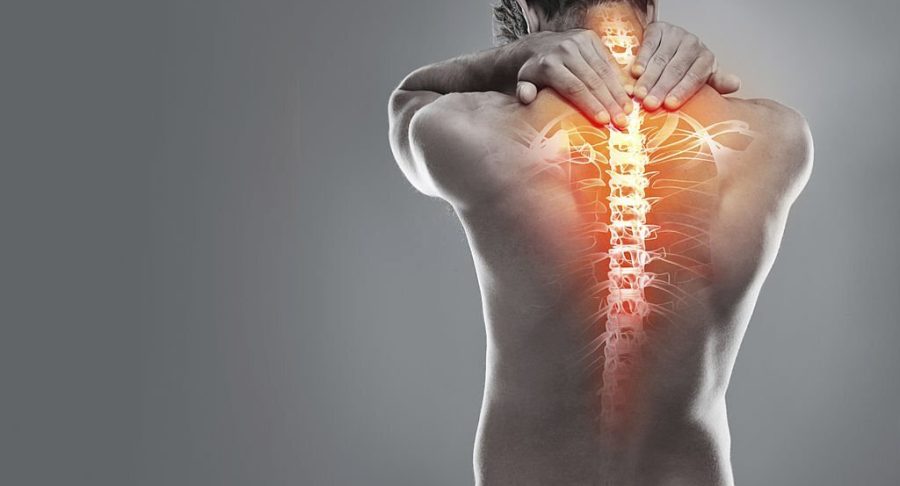
Back pain is a gift of the modern lifestyle. Long drives, long working hours, late night working, etc. Other day – to – day causes of backaches are improper postures, bending, twisting, getting up suddenly, no exercise, etc. Backpain Treatment in Ahmedabad is available here in Gurukul road by Dr Hardik Shah with competitive rates and Shreeji Orthopaedic Hospital in Ahmedabad is best hospital in Ahmedabad to get Backpain and Low backache treatment with surgery options of spine also available.
Many things can cause low back injuries–muscle strain or spasm, sprains of ligaments (which attach bone to bone), joint problems or a “slipped disk.” The most common cause is using your back muscles in activities you’re not used to, like lifting heavy furniture or doing yard work.
A slipped disk (also called a herniated disk) happens when a disk between the bones of the spine bulges and presses on nerves. This is often caused by twisting while lifting. But many people won’t know what caused their slipped disk. In most cases, slipped disks and other back pain can be relieved by following a few simple methods.
Get best treatment for Backapin and low back pain or backache at shreeji Orthopaedic Hospital in Ahmedabad at Gurukul road in emergency also. The best position for relief when your back hurts is to lie on your back on the floor with pillows under your knees, with your hips and knees bent and your feet on a chair, or just with your hips and knees bent. This takes the pressure and weight off your back.
You may need 1 to 2 days of this sort of rest for a hurt back. Resting longer than this can cause your muscles to weaken, which can slow your recovery. Even if it hurts, walk around for a few minutes every hour.
Call your family doctor if:
- Pain goes down your leg below your knee
- Your leg, foot, groin or rectal area feels numb
- You have fever, nausea or vomiting, stomachache, weakness or sweating
- You lose control over going to the bathroom
- Your pain was caused by an injury
- Your pain is so intense you can’t move around
- Your pain doesn’t seem to be getting better after 2 to 3 weeks
Treatment of ongoing back problems must be directed at the cause. This may mean losing weight (because being overweight can make back pain worse), getting your muscles in better shape, and improving your posture when you’re sitting, standing and sleeping.
Tips for preventing back strain
- Don’t lift by bending over. Lift an object by bending your knees and squatting to pick up the object. Keep your back straight and hold the object close to your body. Avoid twisting your body while lifting.
- Push rather than pull when you must move heavy objects.
- If you must sit at your desk or at the wheel of a car or truck for long hours, break up the time with stops to stretch.
- Wear flat shoes or shoes with low heels (1 inch or lower).
- Exercise regularly. An inactive lifestyle contributes to lower back pain.
Sit in chairs with straight backs or low-back support. Keep your knees a little higher than your hips. Adjust the seat or use a low stool to prop your feet on. Turn by moving your whole body rather than by twisting at your waist.
When driving, sit straight and move the seat forward. This helps you not lean forward to reach the controls. You may want to put a small pillow or rolled towel behind your lower back if you must drive or sit for a long time.
If you must stand for long periods, rest 1 foot on a low stool to relieve pressure on your lower back. Every 5 to 15 minutes, switch the foot you’re resting on the stool. Maintain good posture: Keep your ears, shoulders and hips in a straight line, with your head up and your stomach pulled in.
The best way to sleep is on your side with your knees bent. You may put a pillow under your head to support your neck. You may also put a pillow between your knees.
If you sleep on your back, put pillows under your knees and a small pillow under your lower back. Don’t sleep on your stomach unless you put a pillow under your hips.
Use a firm mattress. If your mattress is too soft, use a board of 1/2-inch plywood under the mattress to add support.
Some specific exercises can help your back. One is to gently stretch your back muscles. Lie on your back with your knees bent and slowly raise your left knee to your chest. Press your lower back against the floor. Hold for 5 seconds. Relax and repeat the exercise with your right knee. Do 10 of these exercises for each leg, switching legs.
While some exercises are specific for your back, it’s also important to stay active in general. Swimming and walking are good exercises to improve your overall fitness.
DO's
Always sit with proper back support while travelling / in office / home.
Sit on a chair which has :
- Total Hip Joint Replacement ( T.H.R.)
- Rotating system.
- Hand support.
- Foot rest on ground.
Height adjustable system to table (adjust height to spine according to the height of desk).
- Lift up any fallen object by bending at knees.
- Hold object as close to the body as possible.
- Keep changing your posture every hour.
- Objects to be placed at reachable distances to avoid stretching.
- Always get up sideways from bed.
- Lie down on a firm mattress – placing pillow below knees/pillow between knees lying sideways.
- CONTROLLED SUPERVISED EXERCISE FOR THE BACK REGULARLY
DONT's
- No direct forward bending. Always bend at knees.
- No heavy weight lifting. Use both hands to lift up any object.
- Never pull. Always push.
- No crouching (relaxed position). Always sit upright.
- Avoid prolonged SUSTAINED posture. (Sitting / Standing)
- Avoid sudden TURNING / TWISTING.
- Avoid sudden jerky, twisty movements of spine.
- Avoid lifting of legs together while lying down.
